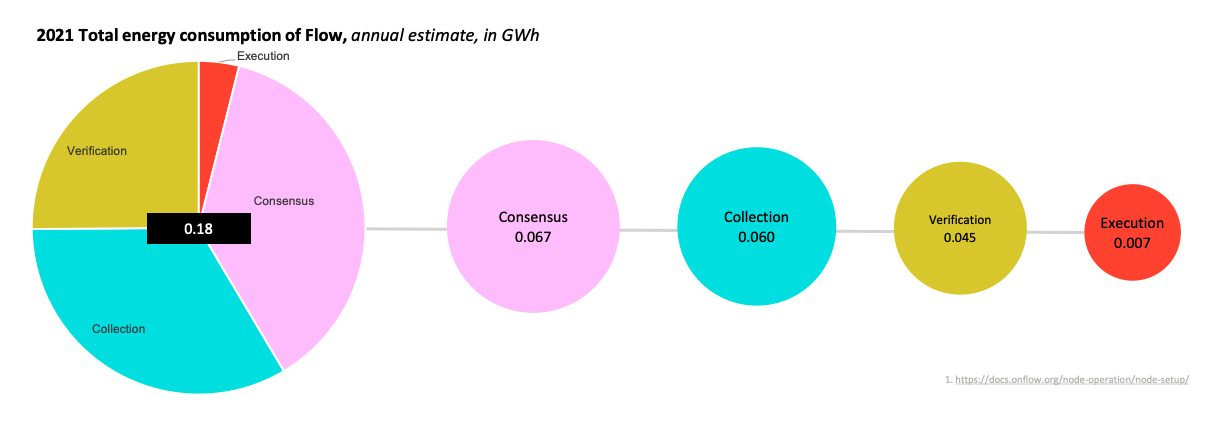New findings from Deloitte Canada reveal minting an NFT on Flow takes less energy than a Google search or Instagram post

It's no secret that Proof of Stake blockchains are better for the environment. As Web3 becomes more widely adopted, we engaged with Deloitte Canada to validate how much energy it uses. And the results are astounding: Flow uses just 0.18 GWh annually, based on 2021 usage – or in simpler terms, minting an NFT on Flow takes less energy than a Google search or Instagram post.
And how does this stack up to other Web3 platforms? Based on publicly available data – across a variety of sources – the following was found:
“At Deloitte, we are always interested in examining what’s next, and when we were approached to create an objective and comprehensive energy consumption review for Flow in 2021, we knew this was the exact challenge we were interested in tackling,” said Nathan Steeghs, Partner and National Climate Lead at Deloitte Canada. “Based on our analysis and survey of the network, we discovered Flow uses significantly less energy than reported by other protocols. This is attributed to Flow operating on a Proof of Stake consensus system versus Proof of Work which is generally more energy and carbon intensive.”
In addition to operating on a Proof of Stake consensus system, Flow’s unique multi-role node architecture securely divides the processing between specialized node types, making the network significantly more efficient than other blockchain architectures. And because of this architecture, the overall energy use of the network won’t increase significantly even if the activity increases by 100x or more, making the per-transaction energy footprint decrease over time.
The primary drivers of the energy usage are collection and consensus nodes. These nodes perform less intensive work than execution nodes but have a larger population resulting in higher consumption. In addition, the seven execution nodes only require seven machines, reducing the impact of the baseline 60W of power from additional hardware.*

As we look to the future, we hope to see the industry continue to play a part in improving Web3’s impact on the environment.
*Deloitte Canada’s assessment was focused on Flow's blockchain 2021 electricity consumption for node operations (execution, consensus, collection and verification nodes), and thus related Scope 2 emissions drawing on the Greenhouse Gas (GHG) Protocol. To estimate energy and emissions, Deloitte Canada surveyed node operators and received data for 90% of the node population. Energy consumption and GHG emissions data are subject to inherent limitations of accuracy given the nature and the methods used for determining such data. The selection of different acceptable measurement techniques can result in materially different measurements due to varying precision of different techniques. To this regard, Deloitte obtained relevant equipment and node operational information from the survey to estimate the energy consumption by each node type, and then extrapolated the energy consumption for 10% of the remaining nodes considering relevant quantification guidance for GHG emissions reporting per the GHG Protocol.


















